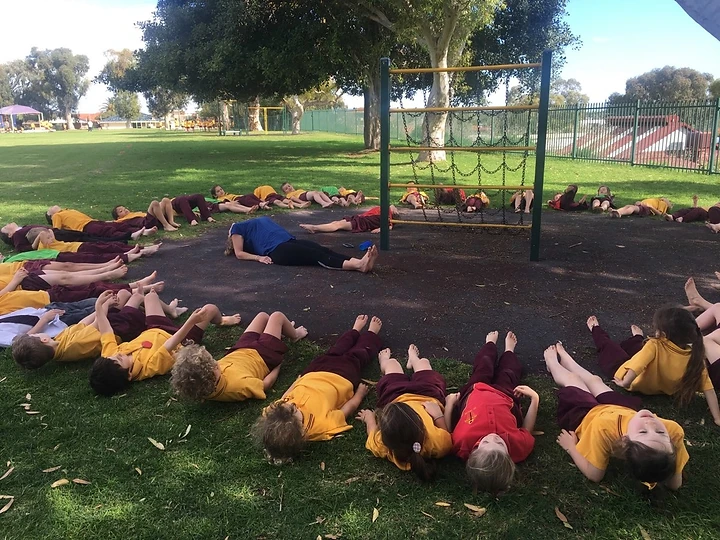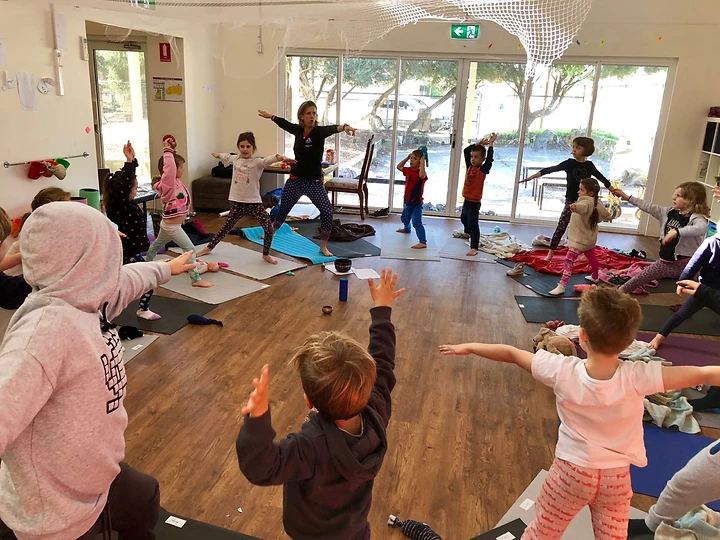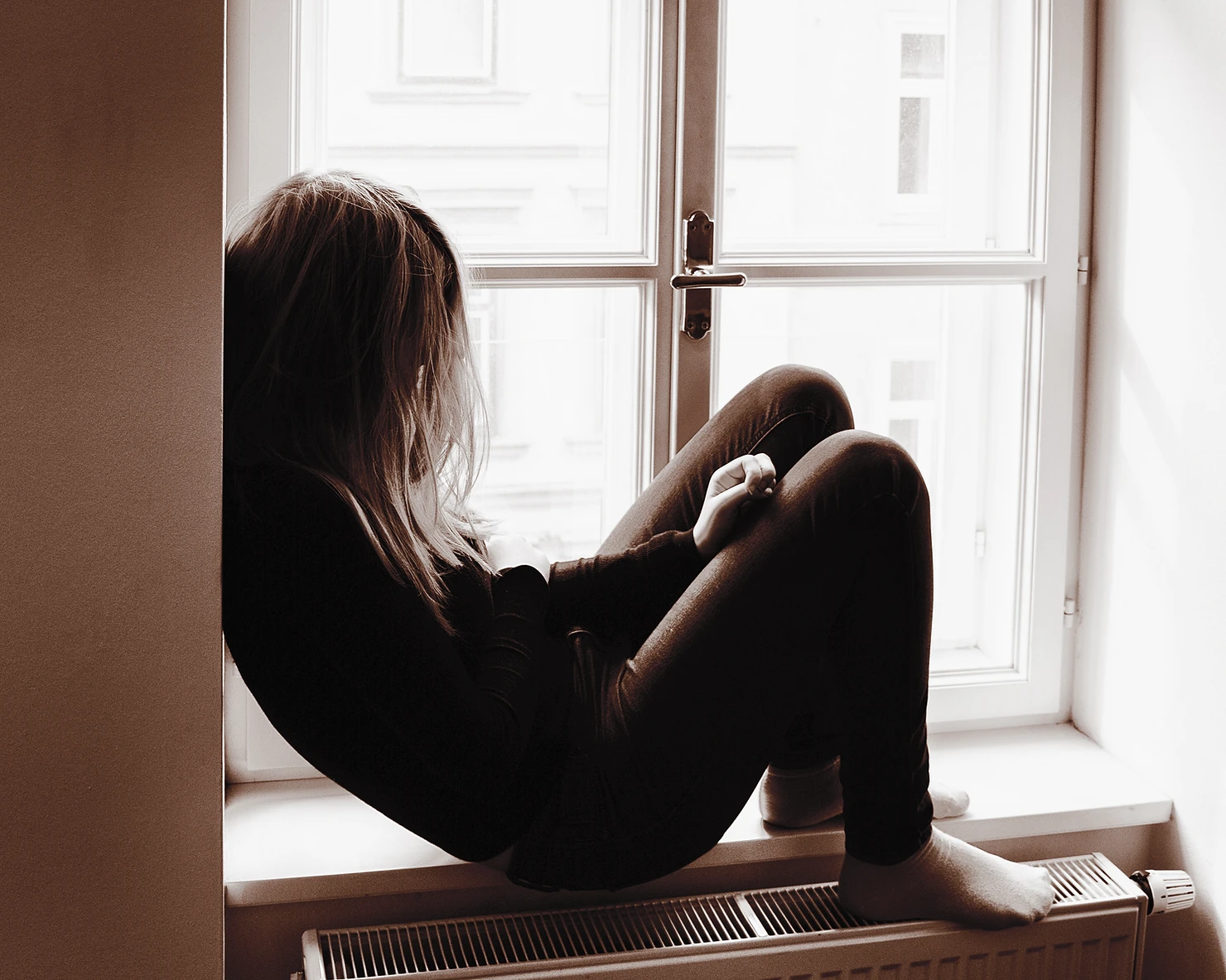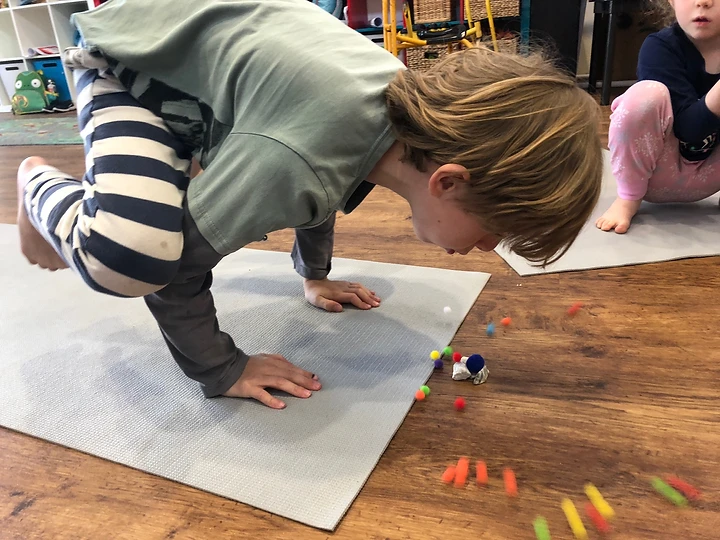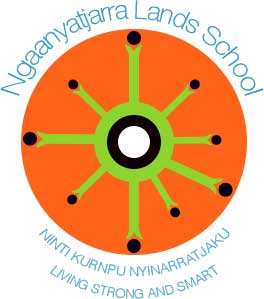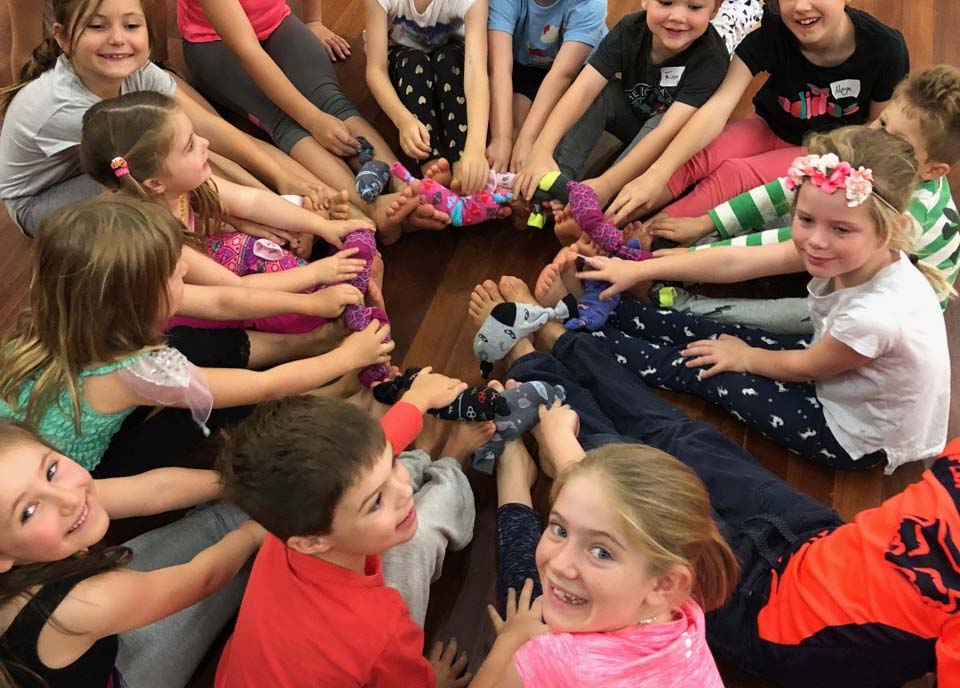
Ways to engage kids in exercise are changing! Whether you were an athlete, or dreaded the thought of Phys. Ed. with a passion. Yoga can unlock your students wellbeing potential.
For me personally and probably many of others, the thought of exercise at school brings back memories of getting hit on the head by a ball, risking burns to climb ropes, or having to run endless laps around the oval.
Things are beginning to change, though – and it’s not just about leaping around in a stale-smelling sports hall. Increasingly, schools are recognising the benefits of YOGA to help improve children’s health, wellbeing and focus – and introducing the mindful practice to the classroom as part of the PE, HASS curriculum, or as a lunchtime or co-curricular activity.
Yoga is a form of exercise which focuses on strength, flexibility, balance and breathing and is known to boost physical and mental wellbeing. Studies have shown it has the potential to benefit children in lots of different ways.
Research published in 2014 by the University of Massachusetts found that after just 10 weeks of classroom yoga, primary school children showed improvements in social interactions, attention span, academic performance, self-esteem, and their ability to deal with stress and anxiety!
Yoga Ed. provides Professional Development, training teachers to deliver a variety of programs, such as Brain Breaks (Tools for Teachers) or comprehensive 4 day trainings for parents, teachers or healthcare professionals passionate about children’s wellbeing, which allows yoga to become part of the curriculum (e.g. health facts about the body, history, geology, and more).
So far, more than 7,000 schools have been trained to deliver the program, bringing yoga to over a million children worldwide.
“Yoga translates into Union. So we are focusing on body and mind and breath and movement/exercise. So while we are giving our body a workout, we are also calming our mind”, says Regina Cruickshank who provides Yoga Ed. in Australia. “During the formative years of a child, it is important to build self-esteem, self-awareness, and strengthen the mind and body.
“Yoga teaches children about how their bodies work, they learn to understand what happens when the sympathetic nervous system takes over and how we can control our body and mind with breathing.”
YOGA and PLAY
Crucially, though, it’s also fun – learning to balance in different poses is a welcome distraction from reciting multiplication tables.
Janet is mum to two daughters – Mia, aged five, and Sophie, who is seven. Her youngest recently started attending an after-school yoga club, which she loves.
P&F’s supporting Wellbeing at School
“It costs $3 a session so it’s a very nominal amount – it’s subsidised by the P&F because the school parents feel it’s really important that all children should be able to afford the fun stuff,” Janet says.
“Mia loves animals and nature, so through doing the animal poses in a playful way she’s really captured in her imagination.” In a School Holiday Workshop, the children were making ‘Mind Jars’, understanding how our emotions sometimes bubble up and the kids learned calming techniques.
“Mia seems a lot more relaxed and calmer when I collect her from Yoga”, says her mum.
YOGA and STRESS & ANXIETY
We might laugh at the concept of learning to breathe properly, but it actually has a huge impact on how we feel.
Children naturally breathe correctly, but by the time we are teenagers and adults, our breathing becomes shallower – especially if we are anxious or depressed. By slowing down our breathing and breathing more deeply, in just one minute we can get rid of tension in the body.
“Yoga and mindfulness curricula may provide children at risk of anxiety with a skill enabling them to improve their psychosocial and emotional quality of life,” lead r
esearcher Bazzano and his team write. “These coping skills, when provided in the school environment, may assist students achieve optimum physical and mental health.”
Mental Health of Children and Adolescents in Australia
Almost one in seven children in Australia are effected by mental health problems, learning how to deal with stress and anxiety is crucial.
Children are being subjected to standardised school tests at an increasingly young age – which both parents and teachers say is taking a toll on their wellbeing.
Nearly HALF (47%) of Australian students feel tense when they study compared to the international average of 37%.
Based on the OECD average, 67% of Australian students report feeling very anxious even if well prepared for a test, compared to the international average of 56% (64% for girls and 47% for boys).
By introducing yoga to children at an early age, we are introducing skills to lower their stress levels before they become overwhelmed.
A number of studies have shown yoga can be an effective tool to help people deal with anxiety.
The results from this study have clearly indicated that yoga practice improved emotional health, as indicated by increases in perceived self-confidence, level of joy, and self-esteem. These emotional indicators suggest that students who practice yoga may feel less stressed and more resilient when confronted with stressful situations. This finding also confirms the previous studies suggesting the benefits of yoga in reducing anxiety and enhancing positive affect (e.g., Gloeckner & Stück, 2005; Platania-Solazzo et al., 1992). Considering the stress children and adolescents are faced with at school on a daily basis (Kottler & Chen, 2011), yoga can serve as a great remedy for reducing negative affect and distress.
“In regards to stress, yoga is an incredible tool to use,” Regina says.
“On my course, I show teachers how to use a simple breathing technique leading up to exams to keep stress levels under control. If a child is calm before sitting a test, they will perform much better.
In the long-term, she adds, it teaches children the skill to “stay in the moment” and not to be concerned about the past or future. It also promotes relaxation and triggers the release of endorphins – chemicals in the brain which boost our mood. AND the teacher benefits as well!
Improving focus with balancing postures
It’s not just physical and mental health that gets a boost from yoga, since practising it can help improve our concentration and ability to focus too. A 2013 study, published in the Journal of Physical Activity and Health, found people who did 20 minutes of yoga were able to process and learn information more quickly and accurately.
Children with attention problems struggle with focusing and concentration. Balance plays a key part in helping to manage your condition. To balance, you must maintain focus, and this teaches the basis of concentration, which they can then transfer to the classroom and other activities.”
Additionally, the breathing exercises and mindfulness act on the part of our brain that keeps our thoughts in check – the prefrontal cortex.
The most fundamental problem for children with attention deficit hyperactivity disorder (ADHD) and associated conditions is the ability to pause and reflect before acting on impulse.
When they begin to notice that they feel calmer after a yoga session, then the basis of managing their condition begins. They become a child who can manage their emotions, a conscious adult, parent, grandparent.
Benefits for all
Research has shown that yoga has the potential to benefit children on the autism spectrum, too – with a 2012 study showing autistic children who took part in a daily yoga programme at school showed improvements in their behaviour.
Researchers suggested this is, in part, because yoga helps to reduce anxiety and promote calm, while the programme helped to boost communication and socialisation.
Yoga enhances focus, directs attention, and heightens our sense of control. Holding a tree pose, for instance, is incredibly effective in helping autistic children focus and develop their attention. With their feet firmly planted on the ground and their mind focused on breathing, it is much easier to feel a sense of control over themselves and of their surroundings.
Aerobic exercise such as running, jumping and skipping is still a crucial part of the school curriculum, so it’s not the end of Phys. Ed. as we know it.
But introducing yoga to classrooms as an additional exercise can have enormous benefits for all children – on their health, mental wellbeing and, importantly, their happiness.
A happy child does well at school, and goes on to be a valuable member of community.
Yoga supports physical fitness.
As a form of aerobic exercise, yoga provides a great option to help children and teens be active. Plus, as a non-competitive activity with low-aerobic intensity, yoga is ideal for children and teens who may not feel comfortable participating in other sports.
Yoga supports the brain.
As kids and teens grow, their brains require support to help them not only learn and perform in school, but also to develop skills and habits to become balanced, healthy adults.
Yoga helps to reduce stress and anxiety.
Kids and teens are stressed.
In fact, according to the Telethon Kids Institute in partnership with Roy Morgan Research in 2013-14, one in seven children between the ages of 4 and 17 experience forms of anxiety or ADHD.
Physical activity is known to help relieve stress, but yoga may go further than exercise alone. Studies show that yoga has a positive effect on reducing stress and improving overall mental and emotional wellbeing.
Yoga improves sleep quality.
Research also shows that a regular yoga practice can improve sleep quality by decreasing sleep onset time and number of awakenings while increasing total sleep time, sleep efficiency, and subjective sleep quality. This is especially important for children and teens, who require sleep for healthy growth and development.
Yoga supports social-emotional learning.
Social emotional learning (SEL) addresses students’ social-emotional needs in the context of learning.
Through SEL, students master skills that are essential for success in school, work, and life.
Yoga provides students with the ability to identify who and how they are being and bring them into who and how they want to be.
Additionally, Yoga supports the children in the following ways:
Creativity – Play – Motor Skill Development – Sense of Identity – Body Image – Personal Safety – Acceptance – Emotions
Get in touch TODAY so we can set up a Yoga and Wellbeing Program at your school too!
Regina from YOGAZEIT works with over 20 teachers who are trained in the Yoga Ed. curriculum, offering Yoga and Mindfulness to school communities. She is also the exclusive Trainer for Yoga Ed. in Australia – empowering educators with yoga tools to support their students.

